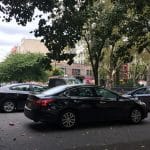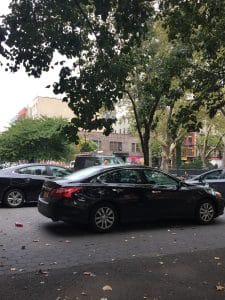
October 11th (Wednesday) 2017
Volunteer Group: Citizen’s for NYC & company
Contact: K or Bob
Location: Stanton Street Area or BRC Front
October 21 (Saturday) 2017 10am-2pm
Volunteer Group: It’s My Park Day:
Contact: K
Location: Stanton Street Area
October 21, 2017 12pm- 4pm
Volunteer Group: It’s My Park Day, M’Finda Gardeners:
Contact: Jane
Location: M’Finda Kalunga Community Garden
TBA 2017
Volunteer Group: New Forsyth Conservancy Gardners:
Contact: Jason
Location: New Forsyth Conservancy (on Delancey Street – south)
November 11, 2017
Volunteer Group: New Yorkers for Parks
Contact: K
Location: TBA
IMPORTANT: From Sara D Roosevelt Park Manager:
– Please check for poison ivy
– Please check for used needles. Do not remove them yourself (we are working with local providers on this issue)
Stewarded Gardens in Sara Roosevelt Park
To work in these gardens you must to reach out to the Contact Person listed. Please be patient – we’re all volunteers and will respond as soon as we can!
New Forsyth Conservancy
Contact: Jason Eisner
Contact information SDR Website: https://sdrpc.mkgarden.org/contact/
M’Finda Kalunga Community Garden
Contact: Jane Barrer or Debra Jeffreys-Glass
Contact Information MKGarden Website: info@mkgarden.org
Elizabeth (‘Betty’) Hubbard Garden
Contact: Rob Watson
Contact Information SDR Website: : https://sdrpc.mkgarden.org/contact/
The Hort/Emma Lazarus details for Fall activities and dates TBA
Contact: Pam Ito, Director of Education The Horticultural Society
Contact Information:
pam@thehort.org or SDR Website: https://sdrpc.mkgarden.org/contact/
Hua Mei Bird Sanctuary
Contact: Tommy Chan (no volunteers needed – but donations accepted for upkeep)
Contact Info: SDR website: https://sdrpc.mkgarden.org/contact/
Stanton Area:
Contact: Terese or K
Contact Info: SDR website: https://sdrpc.mkgarden.org/contact/
To volunteer anywhere else in SDR Park:
Juan Torres: Park Supervisor
Contact: Juan Torres
Contact info: Juan.Torres@parks.nyc.gov















































